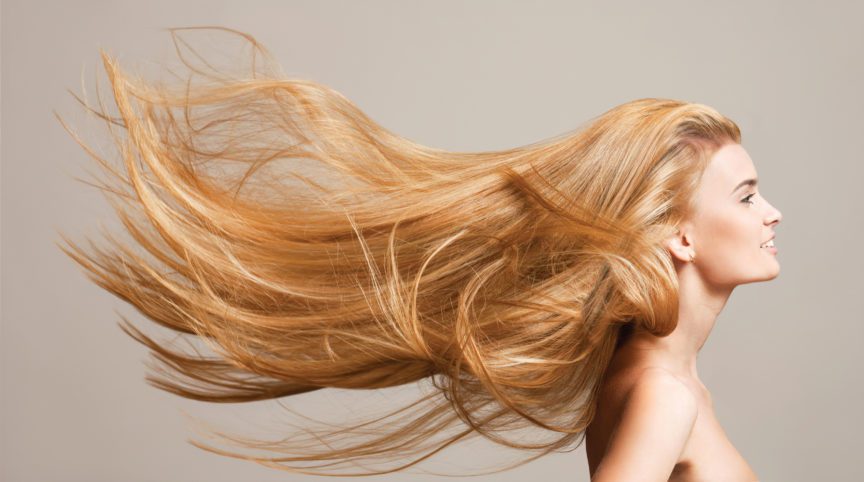As a review, “Rapunzel” is a German fairy tale in the collection assembled by the Brothers Grimm, and first published in 1812 as part of Children’s and Household Tales. The Grimm Brothers’ story is an adaptation of the fairy tale “Rapunzel” by Friedrich Schulz published in 1790. Its plot has been used and parodied in various media and its best-known line (“Rapunzel, Rapunzel, let down your hair”) is an idiom of popular culture.
Rapunzel’s story has striking similarities to other epic stories and/or poems, in which she offers to let down her hair from her tower so that the prince/her lover can climb up to her. Some elements of the fairy tale might also have originally been based upon the tale of Saint Barbara, who was said to have been locked in a tower by her father.
Okay, now to the topic of hair. I bet you may have heard: “I am not my hair.” But I dare say many of us, both men and women, are defined by our hair, i.e., social beauty norms. We say things like “Good Hair Day” or the weather is great (for us in the South, i.e., Louisiana — low humidity), so my style will “keep.” Female hair concerns, particularly hair thinning, are more common than many people can imagine. The truth be told, many women never expect to face dealing with hair thinning at all, and they are caught by surprise when loss occurs.
Hair is typically at its thickest when individuals are in their 20s. Hair will naturally begin to thin after that age and may thin at a higher rate due to hormonal changes caused by pregnancy, pre- / peri-menopause, menopause, surgical menopause (hysterectomy) and other health-related issues. Statistics reveals that women with naturally thin hair are likely to experience loss at a disproportionately higher rate.
For many women, dealing with thinning hair isn’t easy. It changes their self-image, the products they purchase and ultimately how they feel. It may cause them to change hair-styling habits, which many have had for years. A relevant study reported that women have a difficult time confronting hair thinning and baldness. They can suffer from a number of emotional consequences. Along with depression, they report feeling scared, embarrassed, unattractive and paranoid about their appearance. There are so many proposed solutions for hair concerns, particularly women’s hair care concerns. Many less-than-quality companies seem to target the emotional state of those suffering from the hair concerns; however, buyer beware!
First of all, understand from a medical standpoint, there are studies that have looked at several different hair products, i.e., shampoos, conditioners, leave-in conditioners, root stimulators, hair lotions, hot oil treatments, and others. The studied products were chosen based on results from a survey of women asking them about their product use. In these studies researchers tested each product for the presence of endocrine/hormone disruptors that are associated with a variety of, not only “hair health,” but health effects such as reproductive disorders, birth defects, asthma and cancer.
These endocrine/hormone disruptors are not unique to hair products but can be found in other personal care items. They include preservatives, i.e., parabens, paraben alternatives like the glycol ether, i.e., Phenoxyethanol, phthalates, fragrances, sulfates, phenols and siloxanes, along with colors and dyes. Bottom line: Avoid these at all costs. Keep a copy of a “never ever” list with you or download the app: Environmental Working Group (EWG). This way you will always stay informed and use the information to make good buying decisions.
Next, perform your due diligence and align yourself with a qualified provider who can help find solutions for women (and men), whether it’s hereditary (androgenetic alopecia) hair loss or thinning caused by a medical condition such as hormonal imbalances, particularly Hypothyroidism, certain nutritional imbalances, i.e., iron deficiency, alopecia areata or any other common cause of baldness.
Depending on the severity and type of hair thinning, trichology professionals (fancy term for haircare specialists) may recommend:
Clinical Wellness Evaluation, investigating your comprehensive health and wellness status, particularly sensitive/specific biomarkers on blood work and free/active hormones at the tissue level. With any metabolic, nutritional and/or hormonal imbalance identified, i.e., a root cause, then those issues can be properly addressed. Management could include hormone therapy; anti-inflammatory/alkaline dietary lifestyle choices, including the correct water; and the incorporation of clean, nutrient-dense, quality supplements, particularly those that can nourish the hair (amino acids, Vitamin B Complex, minerals, Glutathione and others). And, to re-iterate, only use toxic-free haircare products. Use that app, EWG, and always read labels!
DHT Inhibitors: Dihydrotestosterone (DHT) has been clinically proven to be a major cause of hair thinning. DHT Inhibitors prevent DHT from attaching to the receptors of the hair follicles, thus slowing or preventing hair growth. DHT Inhibitors come in various forms, i.e. oral and topical (prescriptions, over-to-counter and supplements). Finasteride (Propecia) and Saw Palmetto Extract are DHT Inhibitors. As a side note, Minoxidil (Rogaine) works by helping the blood flow to the hair follicles.
CBD Oils: Recently CBD oil has been discovered to help maintain scalp health, stimulate hair regrowth, curb hair fall, prevent graying, prevent hair damage and condition your hair. What is CBD oil, you might ask? CBD oil is one of over a hundred cannabinoids found in cannabis plants: Marijuana or hemp plants. These non-psychoactive (mind-altering) cannabinoids have been found to have antioxidant properties, and thus are useful in the treatment and prophylaxis of wide variety of oxidation-associated diseases, such as ischemic, age-related, inflammatory and autoimmune disease. So, it’s no wonder the amazing benefits this oil has on your scalp and hair. Components of the CBD oil include Vitamin E and fatty acids, particularly Omega fatty acids. Vitamin E and fatty acids condition your scalp and your hair. Specifically, Vitamin E helps to get rid of dandruff that clogs your hair follicles especially the oil, waxy, and dry kind. Fatty acids help feed the follicle and allow hair to continue growing…for longer amounts of time. They also strengthen the pigment cells within the hair follicle, thus preventing the destruction of pigment cells…graying. The omegas: omega 3, omega 6 and omega 9 improve scalp tissue, making the scalp stronger, and allowing the follicles faster growth and expansion.
FDA Cleared Laser Hair Therapy (LLLT): This therapy represents pain-free, low-level laser systems that stimulate new hair growth. The therapy is based on the principle of photo-biotherapy, a procedure where laser light reactivates protein synthesis. This laser light is a red-beam/near-infrared laser with a wave-length between 600 and 1000 nanometers and a power from 5 to 500 milliwatts.
PRP (platelet-rich plasma) therapy for hair loss is a three-step medical treatment in which a patient’s blood is drawn, processed, and then injected into the scalp. The proposed mechanism of action is that the PRP injections trigger natural hair growth. And, there is also the belief that the injections maintain the hair growth by increasing blood supply to the hair follicle and increasing the thickness of the hair shaft.
Surgical hair loss treatment is a highly refined process in which surgeons harvest donor hair from one portion of the scalp and transplant it to other areas that are thinning or balding. This procedure can be time-consuming and is definitely an investment; however, the results are often natural looking and permanent.
If you have concerns, I hope you will take advantage of the valuable content offered here in this article and use it accordingly. I welcome the opportunity to guide women (and men) near and far, to take control of their hair challenges and begin their journey to attaining fuller, thicker, stronger and healthier looking hair.








